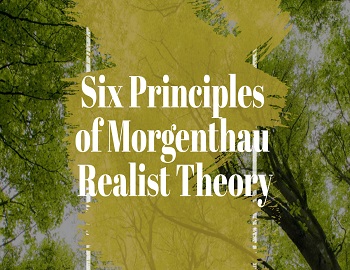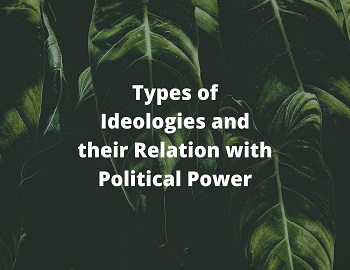History of the Growth of Employee Associations:
The impulse to get organized is natural. Right from the beginning of human history, human beings have been forming some sort of organizations and unions. However, the real emergence of employee associations and trade unions took place in the 19th century. The era of the industrial revolution and the emergence of a large working class led to the phenomenal growth of trade unions.
In Britain, trade unions got legal status under the Act of 1871. Other countries in Europe also witness the birth of a large number of worker unions. However, associational activity in the case of civil services i.e. organizations of associations/unions by the employees remained sporadic in character for a long time after that. It was only in 1906 that in Britain a new policy formulated by Mr. Sidney Buxton provided an impetus to the formulation of employee unions. It promised to recognize any properly constituted association. Under its impact, employees working in public services got encouraged to form their associations. In 1914, the principle of collective bargaining got recognized as a normal practice for civil servants. In 1916, the Whitley Committee suggested the establishment of councils in each of the government departments. Each such council, which later on came to be popularly referred to as a Whitley Council, was to consist of an equal number of representatives of the subordinate staff and the supervising and directing officers.
In the United States, the public and the authorities did not favor for a long time the unionization of services. It was only in 1912 that legal barriers to the formation of associations were considerably decreased. Gradually, the employees got the right to organize their associations/unions for securing their interests.
In France also, trade union activity remained prohibited for a very long time. It was only in 1884 that the right to form associations was conceded. However, the officials were forbidden to form unions. It was only in 1901 that civil servants were also given the right to form associations.
During the pre-independence era, the civil servants of India did not reflect any consciousness in favor of raising a demand for getting the right to organize their associations. They had jobs at the pleasure of the British rulers. Nevertheless, even before World War I, there were associations of government employees such as the Amalgamated Society of Railways Servants of India and Burma (1897) and the Indian Civil Service Associations (1918). However, these were manned and controlled by the Britishers. Hence their presence was only in the form of existence and did not carry much significance in the development of unions except as a matter of historical interest. It was during the period of the First World War that the idea of establishing associations started taking shape. Influenced by the ideas of Dada Bhai Naoroji and Gandhiji, and perturbed by the worsening economic conditions and mass poverty, the civil servants started raising the demand for the creation of employee associations. In 1920, the All India Trade Union Congress was founded.
It was only after the dawn of Independence in India that a real beginning towards the organization of employee associations was made. The Constitution of India gave recognition to the freedom to form associations as a fundamental right. The civil servants as well as the workers engaged in industries, professions, and agriculture came forward to form their associations and trade unions. At present, a large number of employee associations and trade unions are actively working for securing the due rights and interests of their members.









Comments (No)